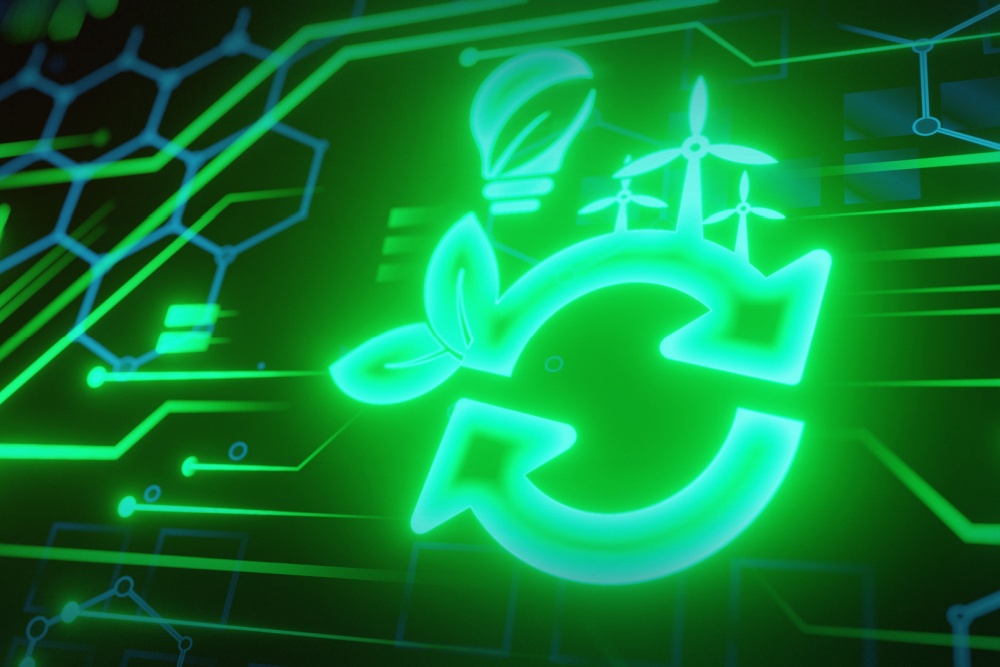Last month, Google and Yahoo announced that in early 2024, both companies will start cracking down on bulk email senders. The email providers are working side-by-side to combat both the nuisance of spam and the abuse of bad actors who exploit the low security standards set by many bulk senders. Because despite current measures already taken by both to stop the majority of spam, malware and phishing messages before they ever reach an inbox, threats continue to become more complex. Both companies have decided that extra measures are now needed. So if you are someone who messages en masse on behalf of your organization, you will want to read on to avoid any future complications.
Curbing bulk spam
Google stated that to reduce spam, the company will begin enforcing a “clear spam rate threshold” that bulk senders must not exceed when sending to Gmail accounts. Yahoo said it will do likewise. This will ensure their customers are no longer saturated with unwanted messages. Those senders who violate this threshold will be blocked from future email access. In addition, anyone sending larger volumes of mail (over 5,000 messages a day), legitimate or otherwise, will now be required to verify their identity.
New authentication measures
According to both providers, many bulk senders don’t set their systems up properly, which can lead to “malicious actors” exploiting them undetected. Additionally, recipients are still often finding it difficult to identify who is sending them messages. Beginning next year, both Google and Yahoo will require all bulk senders to implement more robust email authentication, leveraging industry standards such as SPF, DKIM and DMARC. This extra level of verification will allow recipients to identify more easily legitimate, wanted mail. (Note that there is a bonus here for senders as well, as DKIM-enabled messages see far fewer rejections via email filters.)
Making it easier to unsubscribe
Currently, unsubscribing from some email senders can be difficult and frustrating. Many spam senders are notorious for hiding their unsubscribe buttons. Others make the recipient take several steps to fully unsubscribe. In Yahoo’s announcement they said that users should be able to unsubscribe from spam with a single click, and they will require this standard starting next year. (Apparently, they’ve been encouraging the idea of “one-click unsubscribe” for quite a while, but adoption of the standard has been low.) Furthermore, Yahoo said it will now require senders to act on user unsubscribe requests within two days instead of the weeks many now take to complete such requests. Google agreed with Yahoo, and said they too will require an obvious one-click unsubscribe button from all senders, as well as execution of those requests within two days.
For specifics, you can read Google’s (current and upcoming) requirements for bulk sending to Gmail accounts here. Yahoo’s updated bulk messaging rules will be posted to their Sender Hub in the coming months.





0 Comments